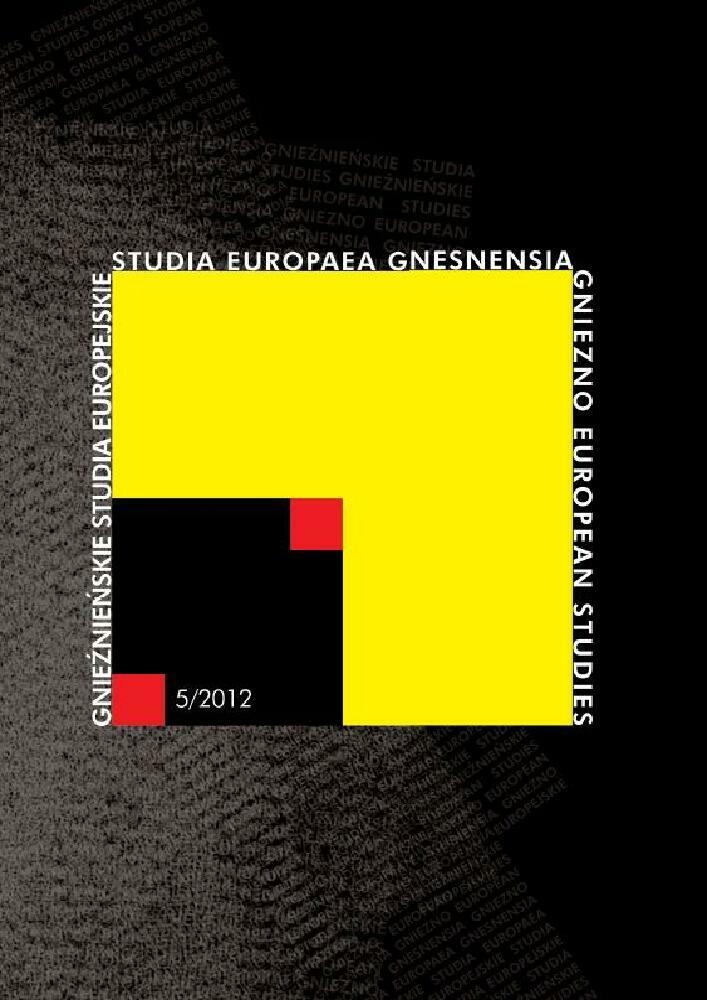Abstrakt
During the principate of Augustus and Tiberius, the unexpected death of members of the ruling house, the planned successors in particular, repeatedly disrupted the dynastic concepts of these emperors. The situation provided a good opportunity for the senate and the inhabitants of the provinces to assert their loyalty and attachment to the imperial family through appropriate honours paid to its departed members. Among numerous posthumous honours granted to the deceased, particular attention is due to the honorific arches and statue groups which were erected in major locations in Romeand in the provinces. The regulations of the Senate and the local authorities also concerned apposite commemoration of the anniversary of their death. As the epigraphic sources inform, on that day Roman citizens were subject to a number of prohibitions, while in front of the Mausoleum of Augustus ceremonial offerings (inferiae) were to be made to their Manes. The kinds of posthumous honours voted in honour of the deceased members of the domus Augusta attest to a high rank of these persons. After all, a similar kind of posthumous honours were bestowed only on the princeps. The analysis of the course and the nature of funeral ceremony of the members of Augustus’ and Tiberius’ house demonstrates that a certain model emerged, which since the funus of Marcellus was later imitated, with certain modifications, during funerals of successive representatives of the ruling dynasty. Among the shared elements which featured at those ceremonies one should list the public presentation of the body of the deceased at the Forum Romanum, funeral speeches (laudationes) delivered by the closest male members of the family and the display of the masks of the ancestors (imagines). There is no doubt that the funeral ceremonies of persons from the imperial family were a source of substantial inspiration in the arrangements for the funeral of Augustus himself, and later for the subsequent principes of the Julio-Claudian dynasty as well.
Bibliografia
Baumann R., Women and Politics in Ancient Rome, London–New York 2003, s. 101. DOI: https://doi.org/10.4324/9780203429075
Bellen H., Das Drususdenkmal apud Mogontiacum und die Galliarum Civitates, Jahrbuch des Römisch-Germanischen Zentralmuseums Mainz 31, 1984, s. 385–396.
Bellen H., Der römische Ehrenbogen von Mainz-Kastel: Ianus Germanici aut Domitiani?, Archäologisches Korrespondenzblatt 19, 1989, s. 78.
Brandt H., Marcellus “successioni praeparatus”? Augustus, Marcellus und die Jahre 29–23 v. Chr., Chiron 25, 1995, s. 1–17.
Corbier M., Male Power and Legitimacy through Women: the domus Augusta under the Julio-Claudians, [w:] R. Hawley, B. Levick (red.), Women in Antiquity. New Assessments, London–New York 1995, s. 179, 182.
Dettenhofer M.H., Herrschaft und Widerstand im augusteischen Principat. Die Konkurrenz zwischen „res publica” und „domus Augusta”, Stuttgart 2000, s. 171.
Eck W., Plebs und Princeps nach dem Tod des Germanicus, [w:] I. Malkin, Z.W. Rubinsohn (red.), Leaders and Masses in the Roman World. Studies in Honor of Zvi Yavetz, Leiden–New York–Köln 1995, s. 1. DOI: https://doi.org/10.1163/9789004329447_002
Ehrenberg V., Jones A.H.M., Documents Illustrating the Reigns of Augustus and Tiberius, Oxford 1976, s. 39.
Herbert K., Roman Imperial Coins. Augustus to Hadrian and Antonine Selections 31BC–AD 180, Illinois 1996, s. 17 (nr 222).
Herz P., Das römische Heer und der Kaiserkult in Germanien, [w:] W. Spickermann (red.), Religion in den germanischen Provinzen Roms, Tübingen 2001, s. 107.
Kienast D., Römische Kaisertabelle. Grundzüge einer römischen Kaiserchronologie, Darmstadt 1996, s. 70.
Kleiner F.S., The Arch of Nero in Rome. A Study of the Roman Honorary Arch before and under Nero, Rome 1985, s. 34.
Kuhoff W., Felicior Augusto melior Traiano. Aspekte der Selbstdarstellung derrömischen Kaiser während der Prinzipatszeit, Frankfurt am Main 1993, s. 58, 60. DOI: https://doi.org/10.1524/klio.1993.75.75.244
Lebek W.D., Ehrenbogen und Prinzentod: 9 v. Chr.–23 n. Chr., Zeitschrift für Papyrologie und Epigraphik 86, 1991, s. 74.
Rodríguez Almeida E., Arcus Germanici in Circo Flaminio, LTUR 1, Roma 1993.
Roehmer M., Der Bogen als Staatsmonument. Zur politischen Bedeutung der römischen Ehrenbögen des 1. Jhs. n. Chr., München 1997, s. 102.
Rogers R.S., Drusus Caesar’s Tribunician Power, American Journal of Philology 61, 4, 1940, s. 457–459. DOI: https://doi.org/10.2307/291383
Romer F.E., Gaius Caesar’s Military Diplomacy in the East, Transaction and Proceedings of the American Philological Association 109, 1979, s. 199–214. DOI: https://doi.org/10.2307/284058
Sánchez A., Gutiérrez O., „Tabula Siarensis”: Edición, traducción y comentario, Pamplona 1999, s. 50–73. W przypadku „Tabula Hebana” korzystam z wydania tekstu zamieszczonego w książce: M.H. Crawford (red.), Roman Statutes, London 1996, s. 519–521.
Sawiński P., Marcus Claudius Marcellus in the Octavian Augustus’ Family and Political Plans, [w:] S. Ruciński, K. Balbuza, K. Królczyk (red.), Studia Lesco Mrozewicz ab amicis et discipulis dedicata, Poznań 2011, s. 364–366.
Sawiński P., Śmierć następcy tronu i formy jego pośmiertnego uhonorowania w okresie pryncypatu Augusta i Tyberiusza, [w:] S. Olszaniec, P. Wojciechowski (red.), Społeczeństwo i religia w świecie antycznym, Toruń 2010, s. 227–248.
Severy B., Augustus and the Family at the Birth of the Roman Empire, London–New York 2003, s. 68. DOI: https://doi.org/10.4324/9780203211434
Wesch-Klein G., Funus publicum. Eine Studie zur öffentlichen Beisetzung und Gewährung von Ehrengräbern in Rom und den Westprovinzen, Stuttgart 1993, s. 15 (przypis 85), 92.
Zanker P., August i potęga obrazów, tłum. L. Olszewski, Poznań 1999, s. 220, 227.
Licencja
Copyright © 2012 by IKE and PTPN
